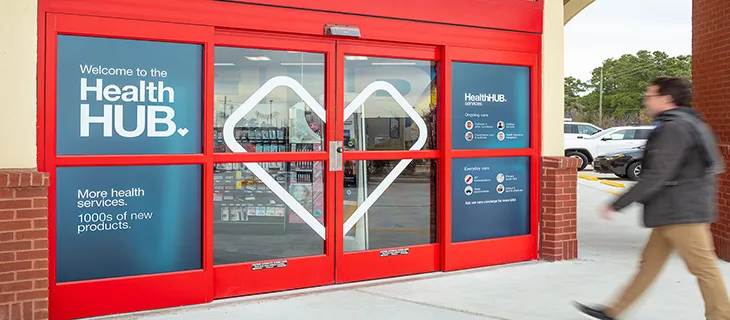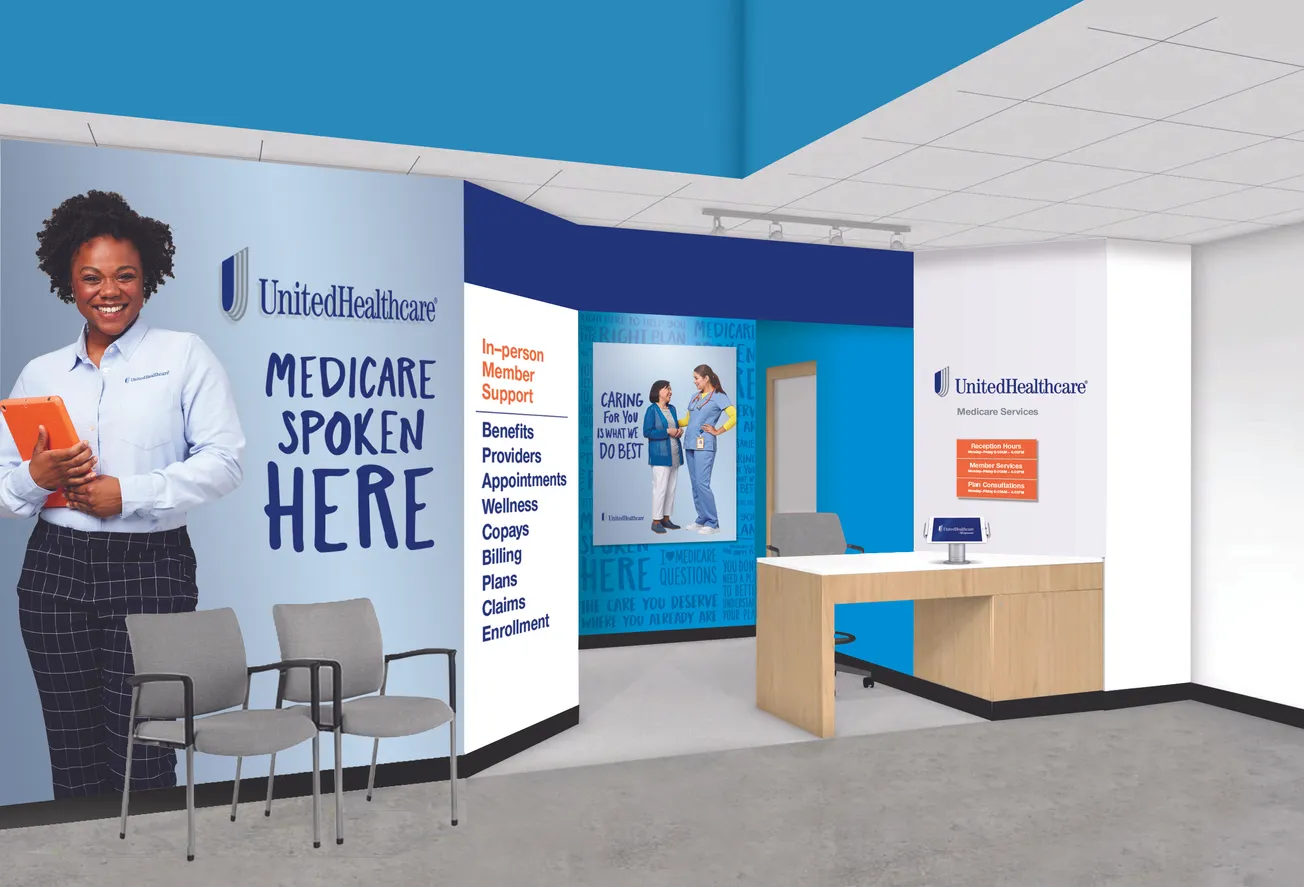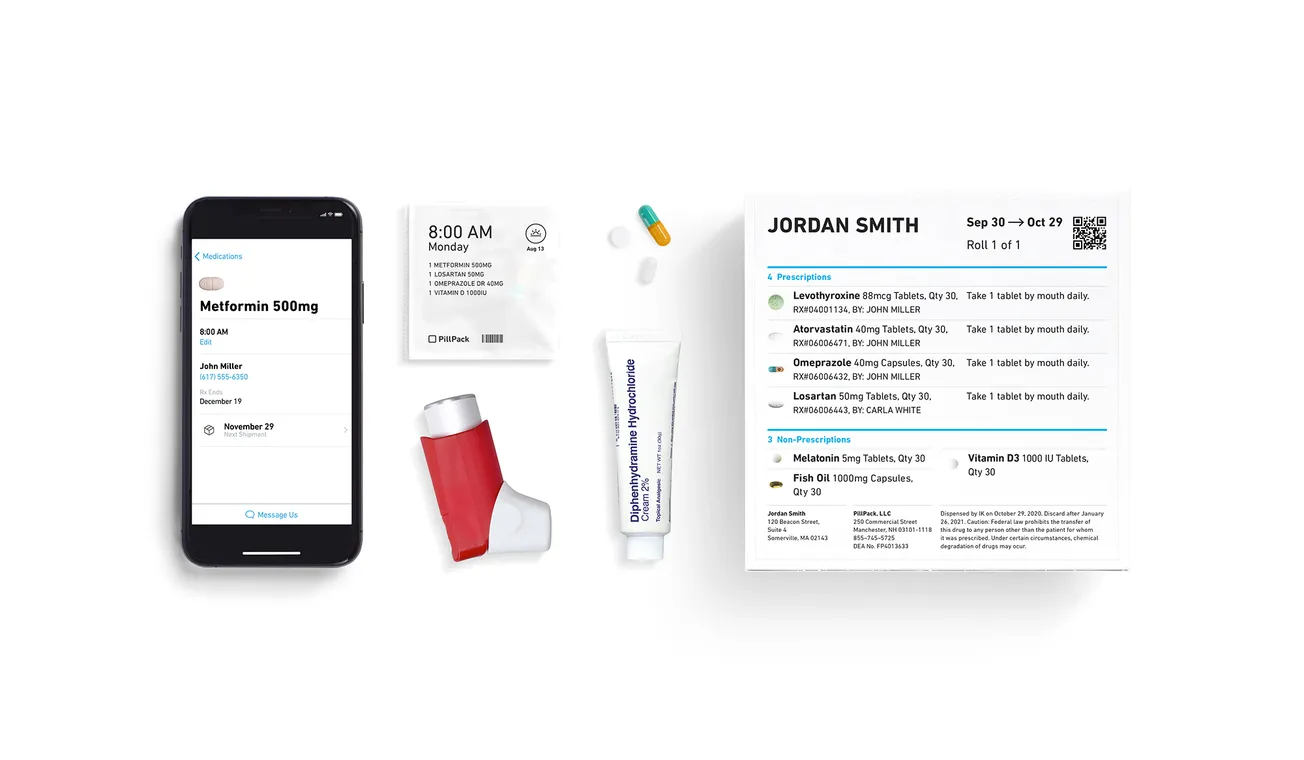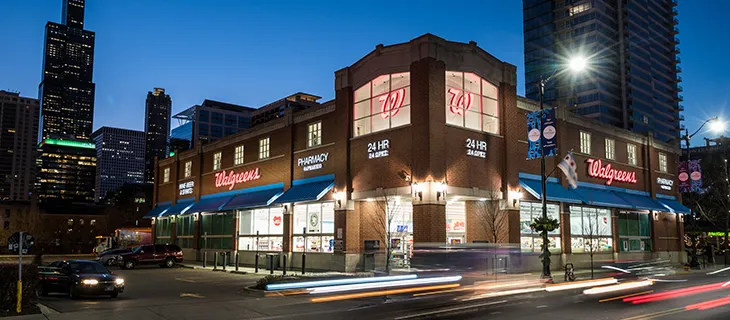
BOISE, Idaho — Last month, Albertsons Cos. posted a 2.4% same-store sales increase in its 2019 second quarter, its seventh straight quarterly gain. The company also reported net income for the quarter of $294.8 million (versus a net loss of $32.4 million in the prior-year period) and a 40% increase in sales for its online home delivery and Drive Up and Go businesses.
“The strong momentum in the business continued in the second quarter,” Albertsons Cos. president and chief executive officer Vivek Sankaran said. “Our identical sales were positive for the seventh consecutive quarter and represented our strongest identical sales performance in over three years as we continue to elevate the shopping experience for our customers. We are focused on driving sales growth by running the best stores, growing our loyal customer base, winning in e-commerce, and enhancing our own brands portfolio. At the same time, we are making strategic investments in the business to better leverage our scale, which are improving productivity and driving cost reductions.”
Revenues at Albertsons Cos. increased 1.1% to $14.2 billion during the quarter, with the 2.4% increase in identical-store sales partially offset by the impact of store closures and a decline in fuel sales.
Gross profit margin increased to 27.8% during the quarter (up from 27.2% in the prior-year period), helped by higher-than-normal fuel margins, improved shrink expense and increased own brands penetration. Those improvements were partially offset by the impact of continued reimbursement rate pressures in the pharmacy and higher distribution center rent expense.
Selling and administrative (S&A) expenses decreased to 26.8% of sales during the quarter, mainly due to lower acquisition and integration costs (because store system conversions related to the Safeway integration were completed during fiscal 2018) and lower depreciation and amortization expense. Those positive impacts were partly offset by the company’s strategic investments in digital and technology initiatives, higher employee wage and benefit costs, and increased rent expense.









